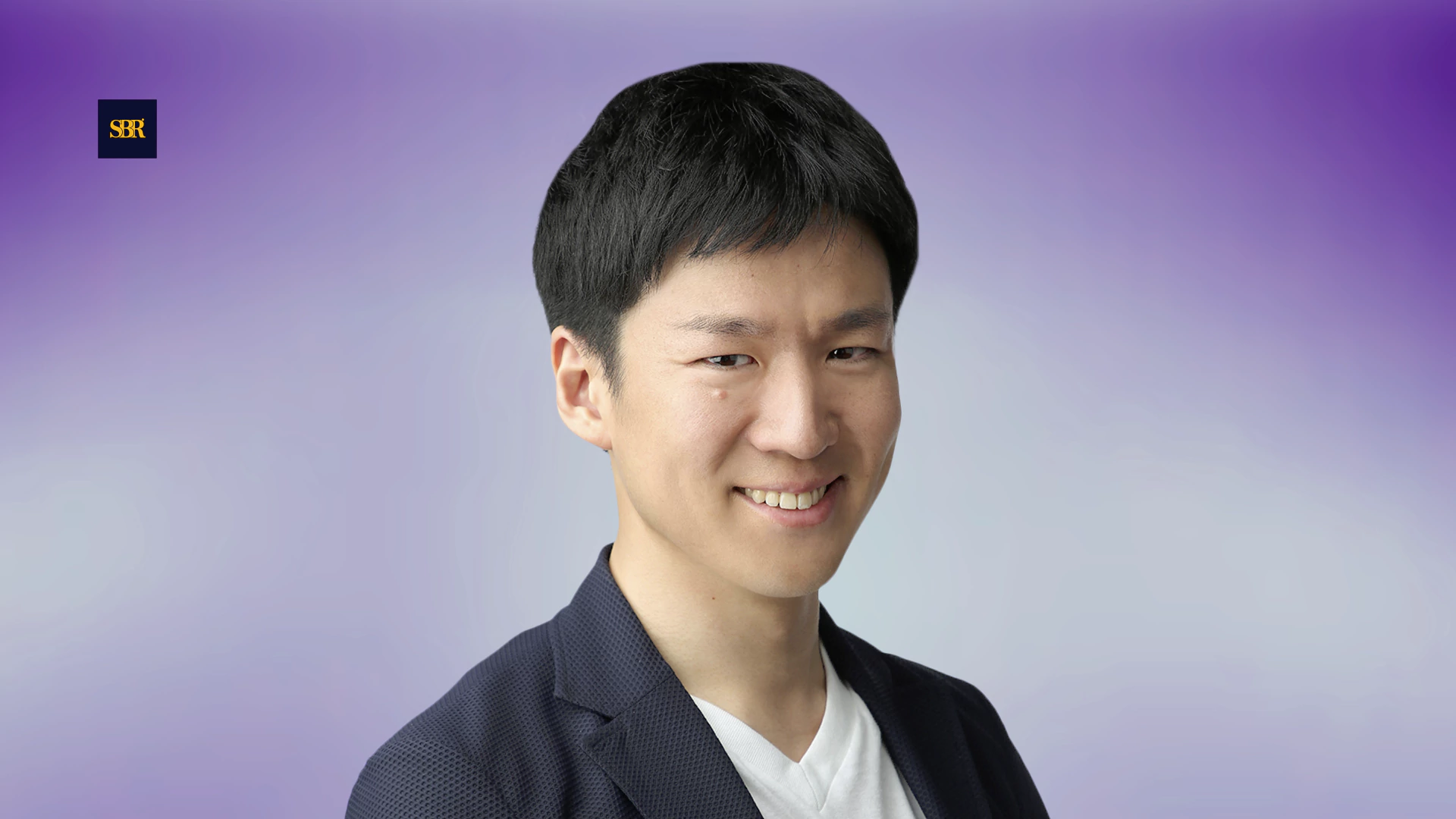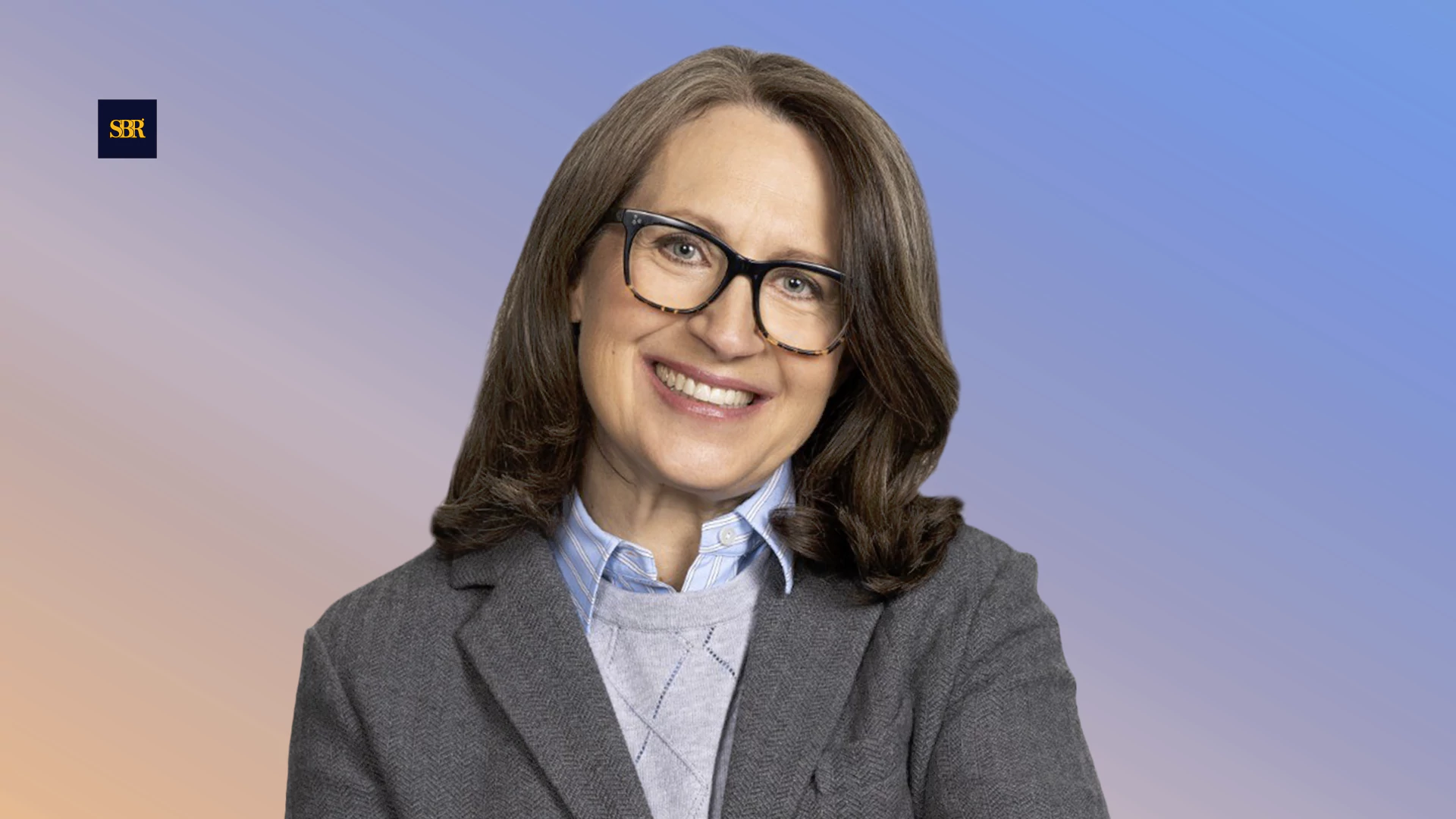Tracy Sun, co-founder and vice-president of merchandising at Poshmark, shaped the platform's unique blend of community and commerce, championing a vision that empowers sellers and brings users together through genuine connections. With her leadership, Poshmark has transformed the resale market, making fashion more accessible, social, and sustainable for millions of users.
In a recent interview with SME Business Review, Tracy shared insights into her journey as Poshmark’s co-founder and VP of merchandising, highlighting her dedication to creating a community-centered platform that empowers sellers and fosters genuine connections among users. Here’s what she had to say.
Interview Excerpts
Tracy, as the co-founder and vice-president of merchandising at Poshmark, you have been instrumental in shaping the platform. What inspired you to start Poshmark, and how did your background influence its direction?
I think my background is actually what set me on this path. I studied biology and neuroscience, and that taught me a lot about human behavior. Later, when I worked in fashion and tech, I saw how valuable those insights were. Fashion is such a personal expression, and I wanted to create a place where people could connect over it in a way that felt authentic. I believed there was more to e-commerce than just transactions, and I wanted Poshmark to be a place where people could interact and feel like part of a community.
Poshmark’s social model is quite unique for an e-commerce platform. Could you share what led to the decision to prioritize community interaction over straightforward sales?
That was always central to our vision. We didn’t just want people to buy and sell; we wanted them to feel like they were part of something bigger. Community builds loyalty, and when people feel like they belong, they’re more likely to return. I felt that the buying and selling process could actually bring people together. So, we developed features like shares, likes, and comments, which allow users to interact. It made Poshmark more than a marketplace; it made it social. For us, that sense of connection has always been the heart of the platform.
As vice-president of merchandising, how do you decide which trends and products to emphasize on Poshmark?
We listen to our community. I don’t think merchandising can be top-down, especially in an environment as dynamic as ours. We have a front-row seat to what our users are looking for, what they’re sharing, and what’s getting the most engagement. By staying in tune with what the community is excited about, we can respond quickly to trends. I focus on making sure that Poshmark’s offerings stay fresh, which keeps people excited about the platform. That’s why our merchandising often feels very community-driven—it reflects what people actually want to see.
You have been a strong advocate for Poshmark sellers and their success. Why is seller empowerment so important to you?
Our sellers are truly the backbone of Poshmark. When they succeed, Poshmark grows. We wanted to create a space where anyone could start their own fashion business, even from their living room. By giving sellers tools and features to promote themselves, they feel empowered to grow their own brands within Poshmark. Features like "Posh Parties" help sellers reach more people, and it gives them a stake in the platform. When they feel supported, they’re able to offer a better experience to buyers as well. It’s a cycle that benefits everyone.
Technology has become crucial to Poshmark’s experience. Could you talk about the role of tech in keeping the platform community-focused?
Absolutely. Technology is a huge part of what we do, but we always use it to enhance the user experience, not replace it. For example, our AI-driven tools help sellers with pricing and reaching a wider audience, but it’s still up to the users to interact and build relationships. The tech we introduce is designed to make things easier and more efficient, but we’re careful to keep that human element alive. People are drawn to Poshmark because it feels personal, so we use tech as a support system rather than letting it take over.
Sustainability has become a defining factor in fashion. How does Poshmark fit into this movement, and why is it important to you?
Sustainability is absolutely critical, especially now. Resale is a natural fit for eco-conscious shoppers, and I believe it’s where fashion is headed. By giving people a platform to buy and sell pre-owned items, Poshmark encourages a circular economy that cuts down on waste. People feel good about making sustainable choices, and we’re here to make it easier for them to do so. It’s more than just a trend; it’s the future of fashion, and it’s something we want to help lead.
Inclusivity is a strong focus for Poshmark, both in your offerings and the community you have built. What drives that commitment?
We want Poshmark to be for everyone. Inclusivity is about more than just product diversity—it’s about creating a welcoming space where everyone feels like they belong. We’re proud that you can find a wide range of styles, sizes, and price points on Poshmark. The diversity of our community is what makes us strong, and we want people from all backgrounds to feel represented and valued here. It’s something I am deeply committed to because it reflects the world we live in.
Poshmark has developed a unique culture both for its users and within the company. How do you maintain that community feel, even as you scale?
It’s all about valuing everyone’s input. Internally, we have built a culture where collaboration is essential, and everyone’s voice matters. Our team is encouraged to share ideas, and I think that openness translates into how we approach our user community as well. Externally, we work to keep that close connection with our users. Even as we grow, we are constantly engaging with our community to understand their needs and what they love about the platform. It keeps us grounded and focused on what matters.
What do you see as the biggest opportunity or challenge for Poshmark moving forward?
Our biggest opportunity is to keep evolving while staying true to our roots. Growth can tempt us toward faster, broader changes, but we remain committed to preserving the strong sense of community our users love. We have an opportunity to innovate while keeping that personal, social connection intact. The challenge is balancing innovation with our core values, but I am confident we can do it because we are committed to our vision and listening to our community every step of the way.
Tracy Sun, Co-Founder & VP of Merchandising, Poshmark















